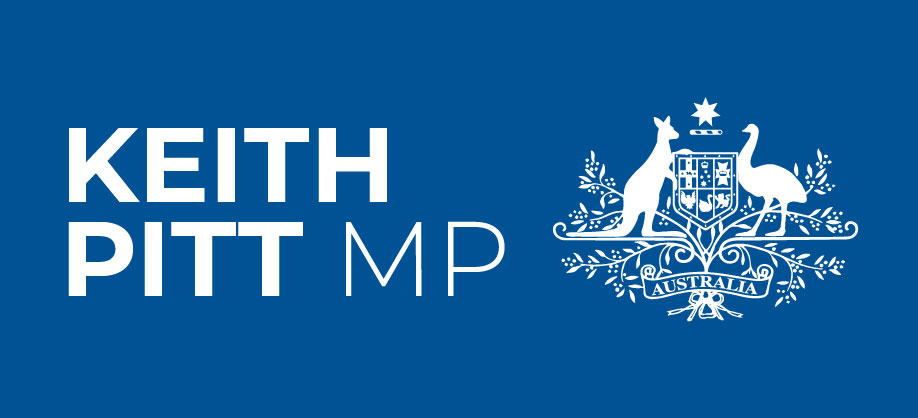MPI – Cost of living
Mr PITT: What the Australian people know after last night is that under a federal Labor government the only way is up in Australia. That is for interest rates, because they are going up. The cost of living is going up. Mortgage repayments are going up. Electricity costs are going up by up to 56 per cent in the Labor budget. Gas prices are going up. Everything is going up. The price of food is going up because it relies on these things not only for production but for logistics. Those opposite claim the cost of living is going down, but their own budget papers prove that is not true. But something is frozen, and it has been admitted by the Treasurer and in the budget papers, and that is real wages. How many times did we hear that real wages were going to go up under a Labor government? But they are frozen for the next two years, according to your own budget papers.
We heard earlier about the big stick. Well, the big stick is being taken to the Australian people by federal Labor. We have people right now who cannot afford to rent a home. They are living in cars and caravans and tents. They need support. What support do we hear about from federal Labor? Yes, they have made changes for the PBS—for next year, not this year, not now. People need to be able to pay their bills right now. We heard some claims from the Prime Minister in question time about wholesale power prices. I thought it was quite interesting that the Prime Minister selected only a couple of particular years, because guess what: in one of the years that he left out, according to AEMO—to give one example: quarter 3 of 2020—the NEM wholesale power price was down 48 per cent to, in Queensland, $32 a megawatt hour. How convenient for the Prime Minister that he just happened to miss that contribution from AEMO. So the government are claiming there are enormous changes in wholesale power prices, but the reality is that, in one of the years that they didn’t pick, the wholesale power price was down significantly—in fact by almost half.
What else happened? Well, we’re expecting a 40 per cent increase in gas prices. So what have those opposite done? They’ve cut the strategic basin plans out of the budget—the things that actually develop more gas, which drives down the price because there is more supply. We continue to see more cuts. Madam Deputy Speaker, I’m sure you’ll be very interested in this. I’ve heard about these organisations so many times in this place. The government have cut funding to the CSIRO, ANSTO and Geoscience Australia. Can you believe it, Madam Deputy Speaker? It is in the budget papers. They have cut the science academies of Australia—those individuals in Geoscience who go out and find the resources this country relies on. They have found resources with over $1 trillion, as part of their organisation, and that helps build our economy and provides confidence for those that invest. And we continue to hear from those opposite that this is not happening. It’s your budget paper. It’s not ours. It is in your documents.
We have seen today an outpouring from the Australian people, because they don’t need these types of problems. They already have them. They have challenges paying their bills right now. And what have we seen? We have seen cuts in the budget to the things that will actually fix problems. An electricity price increase of 56 per cent will be not only devastating for every pensioner in this country but devastating for the manufacturing industry. We will lose jobs, because the industry is simply not competitive at those prices. Gas is exactly the same. Without cheap, affordable, reliable gas and electricity, we cannot be internationally competitive. And yet what we hear from those opposite is that they are going to expend billions of dollars on transmission, which is paid for as a regulated asset, with a guaranteed rate of return. It is paid for by—guess who?—electricity consumers and businesses. So your proposal drives up the price of electricity. It doesn’t drive it down.
The big elephant in the room that nobody wants to talk about is: if you are having an 80 per cent, roughly, renewable target, with intermittent wind and solar, you’ll have intermittent power, because it does not work. It has to be backed up 100 per cent. That is in every international design for an electricity network. That has to be paid for, so you pay for it twice. You pay for the transmission. It will drive up power prices even further. We see a 56 per cent electricity price increase forecast in Labor’s budget. Gas is going up. Prices are going up. The cost of living is going up. And what do we hear from those opposite? Silence. They continue to claim that this is not happening, even though it’s in their documents, in their budget. The Australian people will not forgive them, because they know it is them who have to pay.

